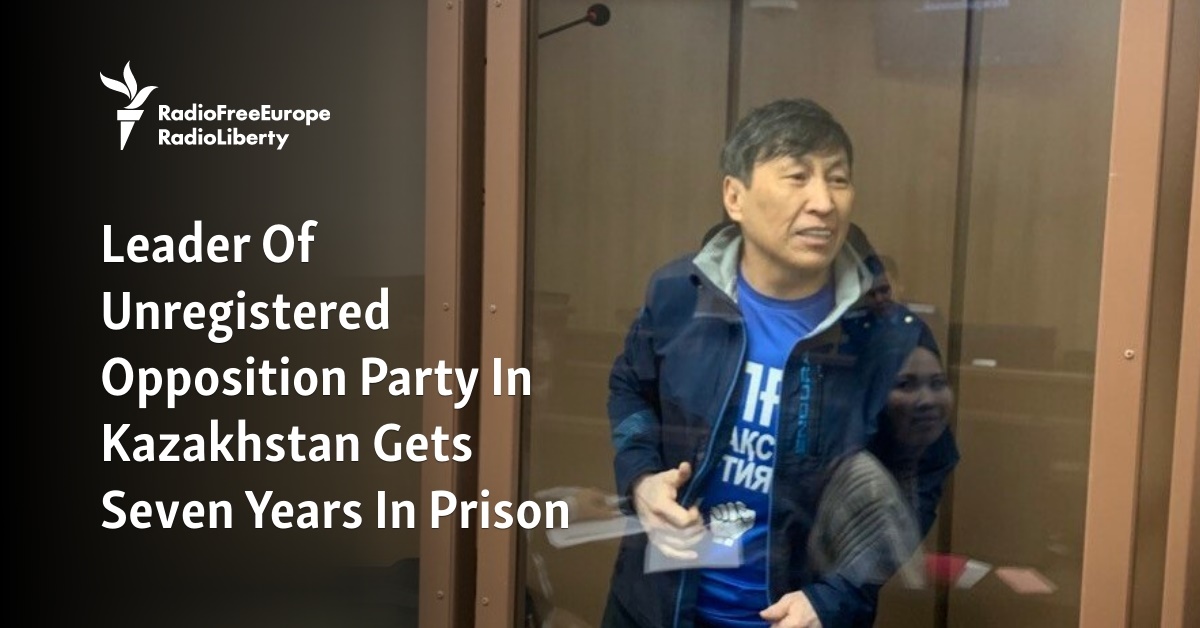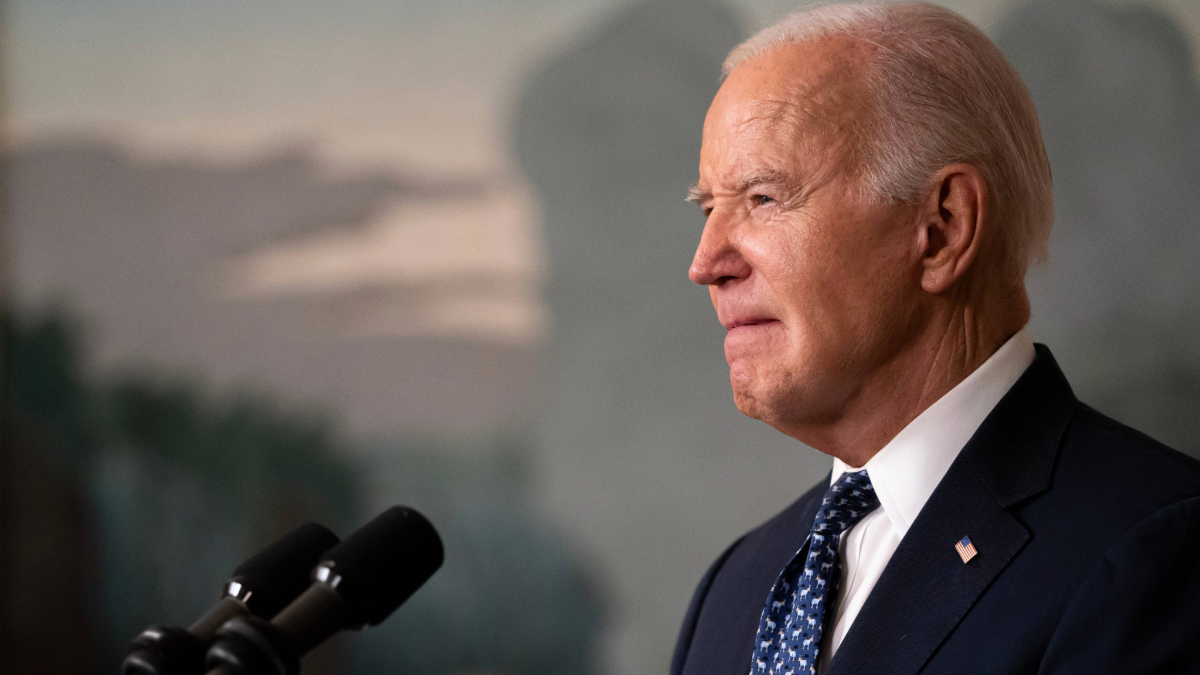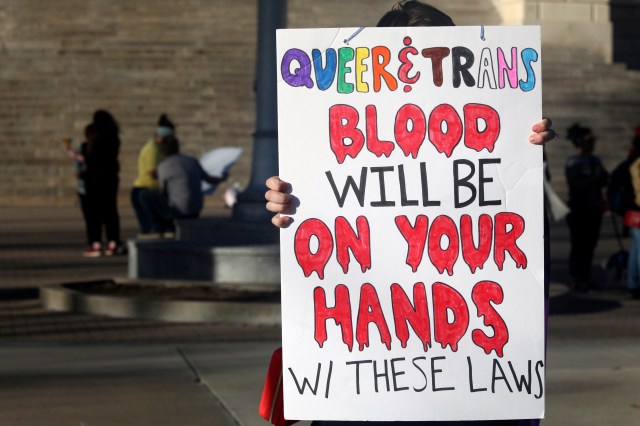
President Volodymyr Zelenskiy met on November 29 with civilian and military authorities in Ukraine’s southern region of Odesa, which has been a regular target for Russian strikes directed at its port installations critical for food exports.
“Many important questions…The situation in the Black Sea, mine countermeasures and ensuring the safety of the ‘grain corridor.’ The work of the air defense…protecting Odesa, the infrastructure of the ‘grain corridor,’ and our brigades,” Zelenskiy said on Telegram.
Zelenskiy met with Ukrainian troops in the area and handed them medals and awards for bravery, he said.
The president also met with civilian authorities to discuss measures to bring life in Odesa and other southern regions back to normal after a spell of inclement weather that hit the area, leaving at least 12 people dead and 23 injured.
Meanwhile, Ukrainian Foreign Minister Dmytro Kuleba called on Kyiv’s allies to step up efforts to increase the production of armaments and munitions for Ukraine’s defensive war against Russia’s unprovoked invasion.
“In order to ensure the stability and security of the entire European region, its defense industry must increase production, coordinate, and work as one integral defense industry complex of the Euro-Atlantic community,” Kuleba said in introductory remarks at the first meeting of the NATO-Ukraine Council in Brussels on November 29.
The NATO-Ukraine Council, the joint body in which Kyiv and its allies sit as equal participants, was launched at the NATO summit in Vilnius in July.
Earlier this month, European diplomats told RFE/RL on condition of anonymity that the European Union is concerned that it will not be able to supply Ukraine with the one million artillery rounds by March next year as promised in spring by EU foreign policy chief Josep Borrell.
Earlier on November 29, Russian shelling of Ukraine’s Donetsk and Kharkiv regions caused casualties among civilians and damage to infrastructure, despite Ukrainian air defenses repelling a large drone attack on several parts of Ukraine.
Live Briefing: Russia’s Invasion Of Ukraine
RFE/RL’s Live Briefing gives you all of the latest developments on Russia’s full-scale invasion, Kyiv’s counteroffensive, Western military aid, global reaction, and the plight of civilians. For all of RFE/RL’s coverage of the war in Ukraine, click here.
Seven civilians were wounded in Donetsk overnight, the acting head of the region, Ihor Moroz, said on November 29. Five residents were wounded in the industrial city of Toretsk and two in Severniy, Moroz said on Telegram.
In the Kharkiv region, Russian shelling caused extensive damage overnight to infrastructure, residential areas, administrative buildings, businesses, and educational facilities, Governor Oleh Synyehubov said. The cities of Kharkiv, Chuhuyiv, and Kupyansk bore the brunt of the Russian bombardment, Synyehubov said. No casualties were immediately reported, he added.
Russia also unleashed a fresh wave of drones on Ukraine overnight, launching 21 Iranian-made unmanned aerial vehicles and three Kh-59 guided missiles, the Ukrainian Air Force said in a statement early on November 29.
“All the enemy’s attack drones were destroyed above the Odesa, Dnipropetrovsk, Kyiv, Kherson, Zaporizhzhya, and Khmelnytskiy regions. Also, two guided missiles were destroyed in the Mykolaiyv region. A third one did not reach its target,” the air force said. No casualties or damage was immediately reported.
On the battlefield, Ukrainian forces were engaged in 87 close-quarter battles over the past 24 hours, the General Staff of Ukraine’s Military said in its daily report on November 29.
Heavy fighting continued in Kharkiv and in the Donetsk region, where Russian forces have been incessantly attacking Ukrainian positions in the industrial city of Avdiyivka, which Moscow’s troops have been unsuccessfully trying to encircle for several weeks, at the cost of heavy losses of manpower and equipment.
The military said that Ukrainian marines continue to hold bridgeheads on the left bank of Dnieper River after landing there earlier this month. The report could not be independently confirmed.
Russian troops one year ago withdrew eastwards from Kherson city in the face of Ukrainian advances, crossing the Dnieper, but continuing to shell the city and its surroundings from the left bank.
On November 19, the Ukrainian military said it had pushed Russian forces some “3 to 8 kilometers” eastwards from the bank of the Dnieper River as its forces secured bridgeheads on the eastern side of the waterway.




